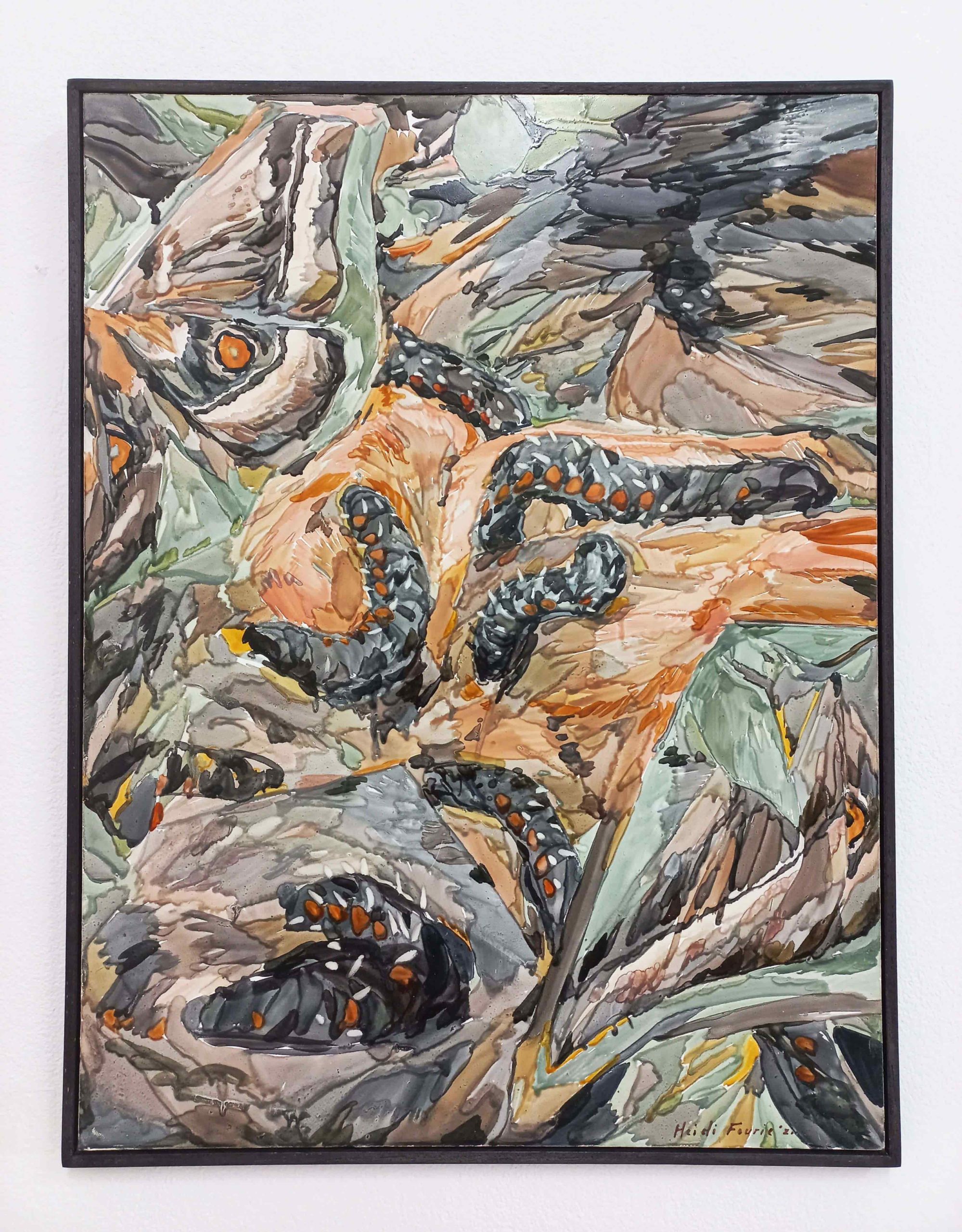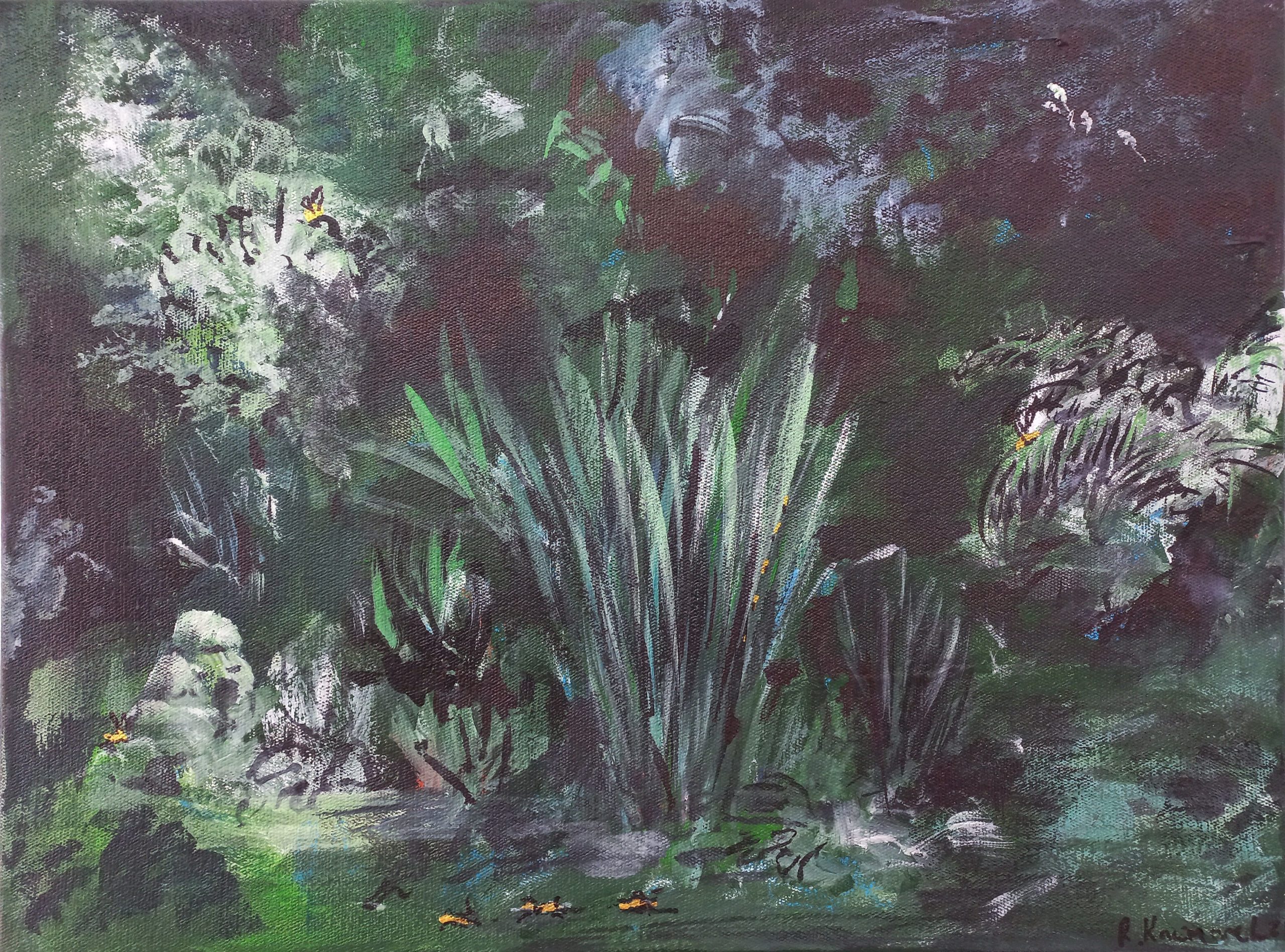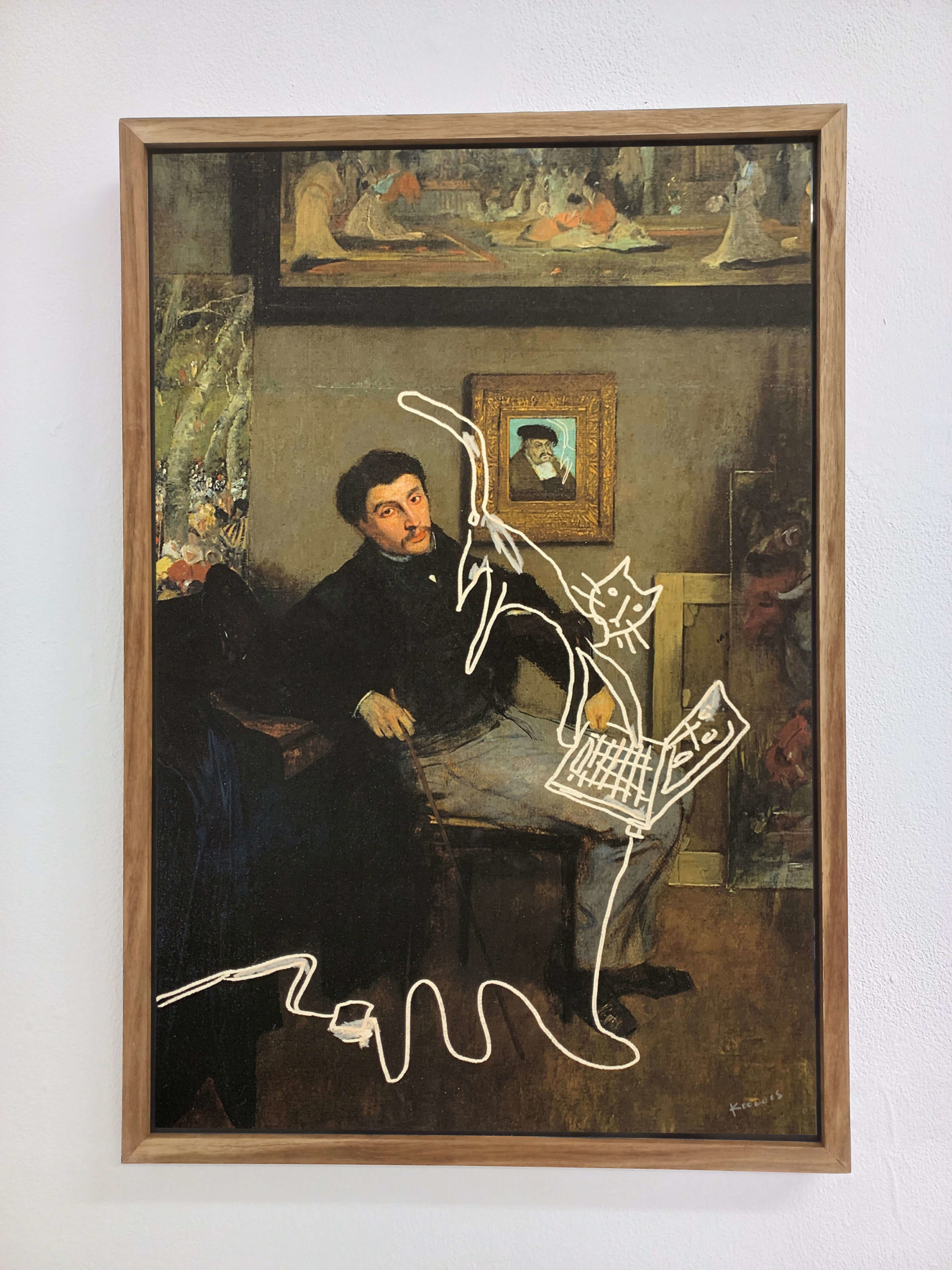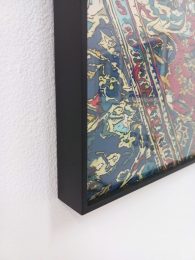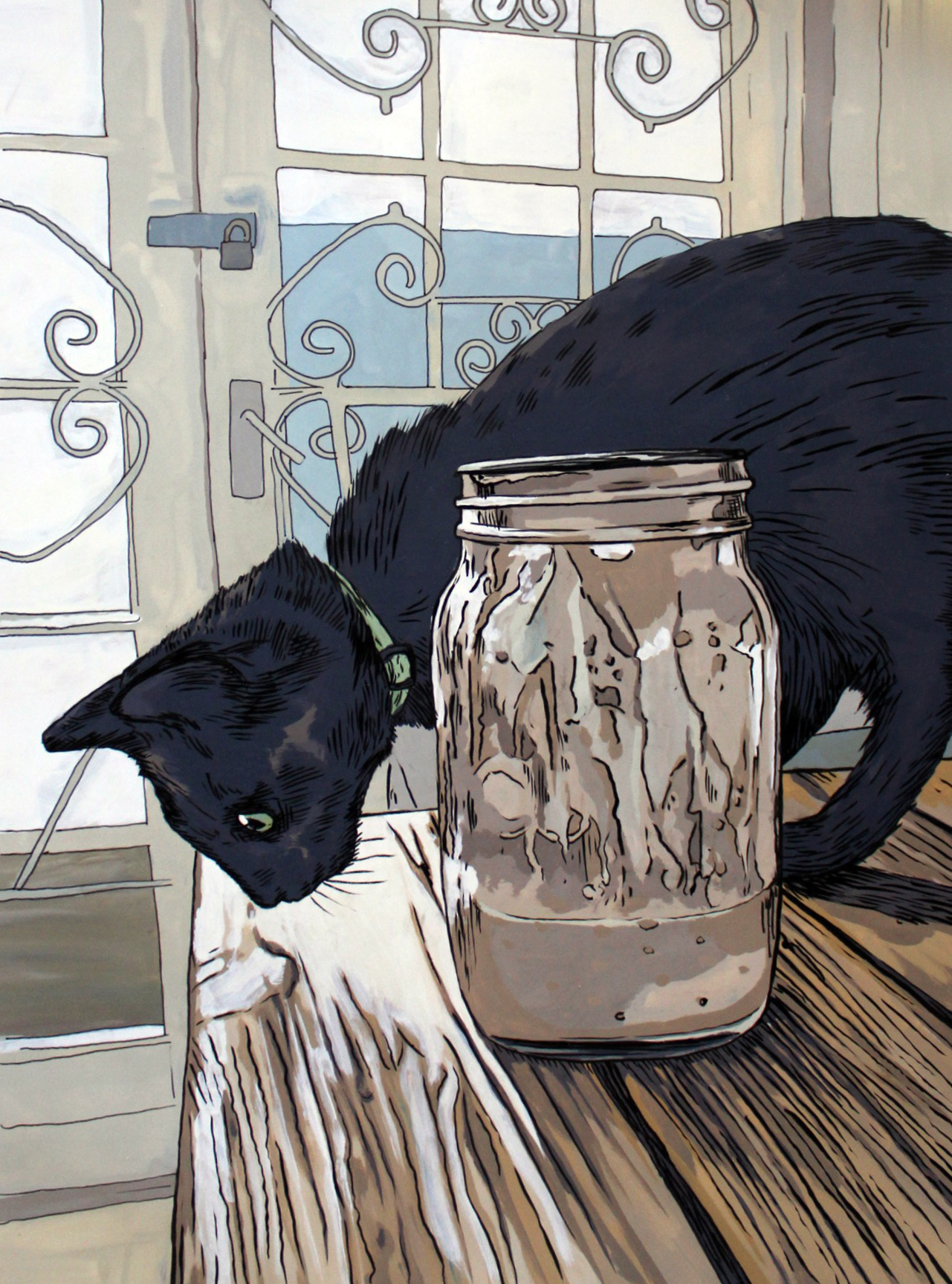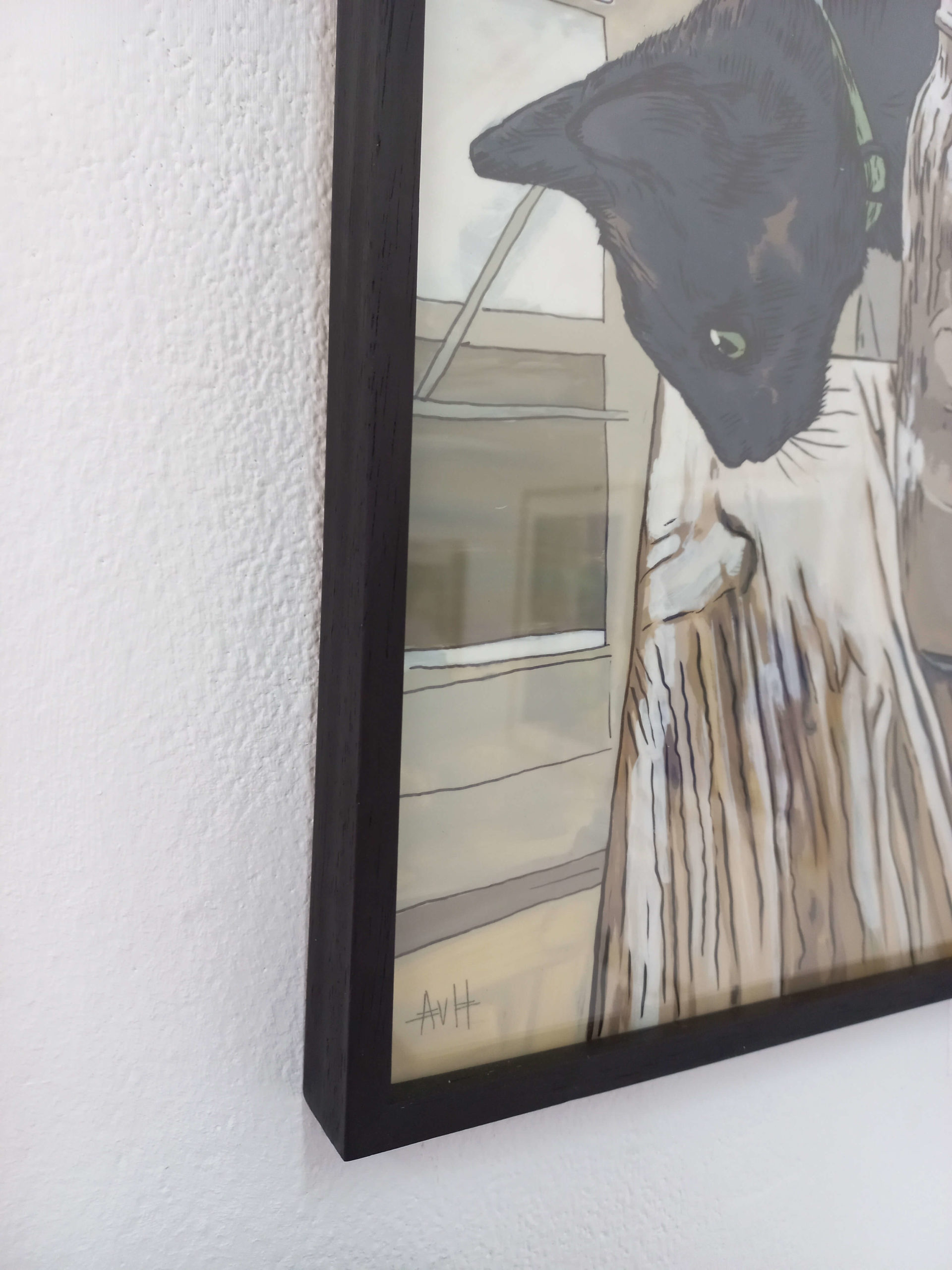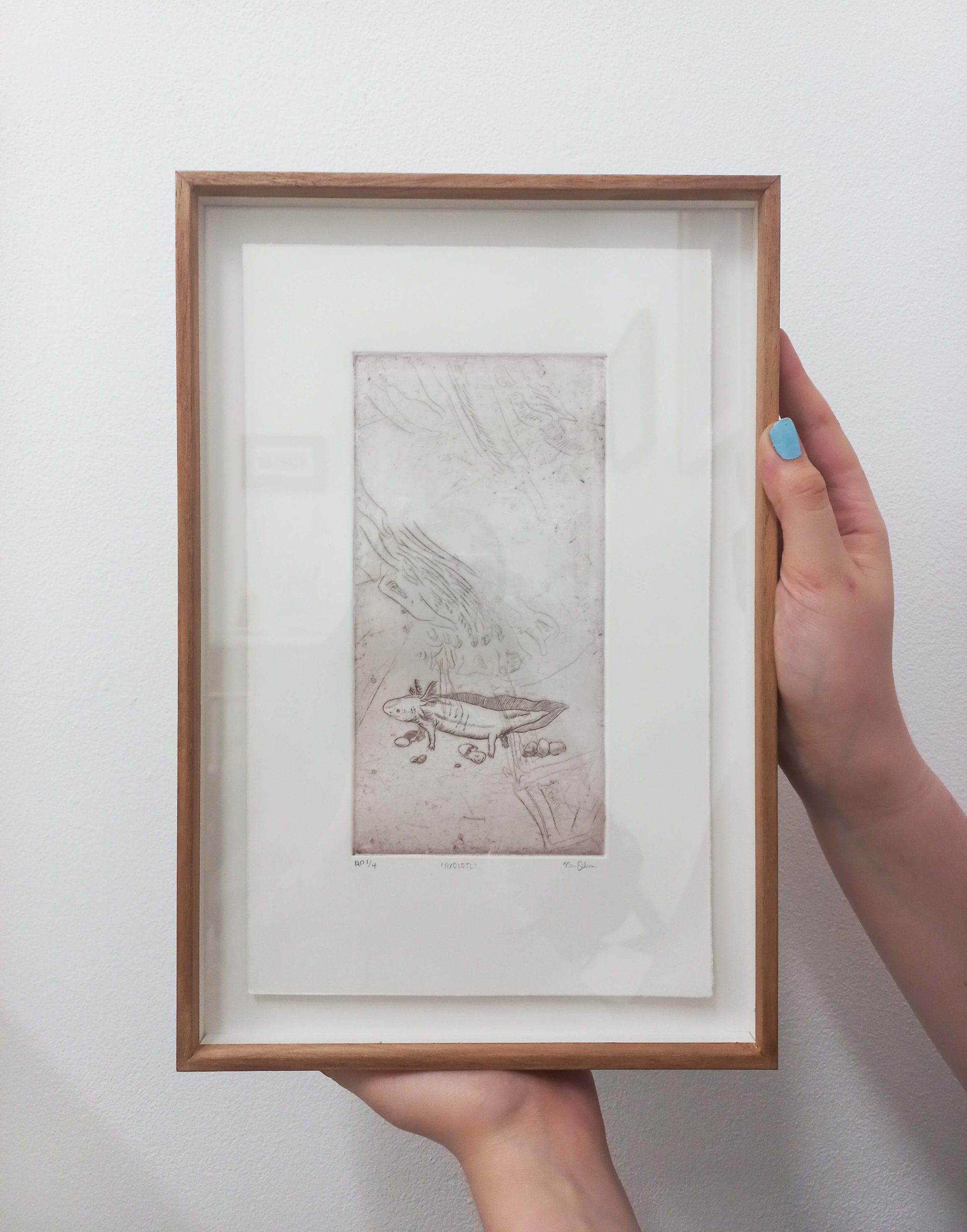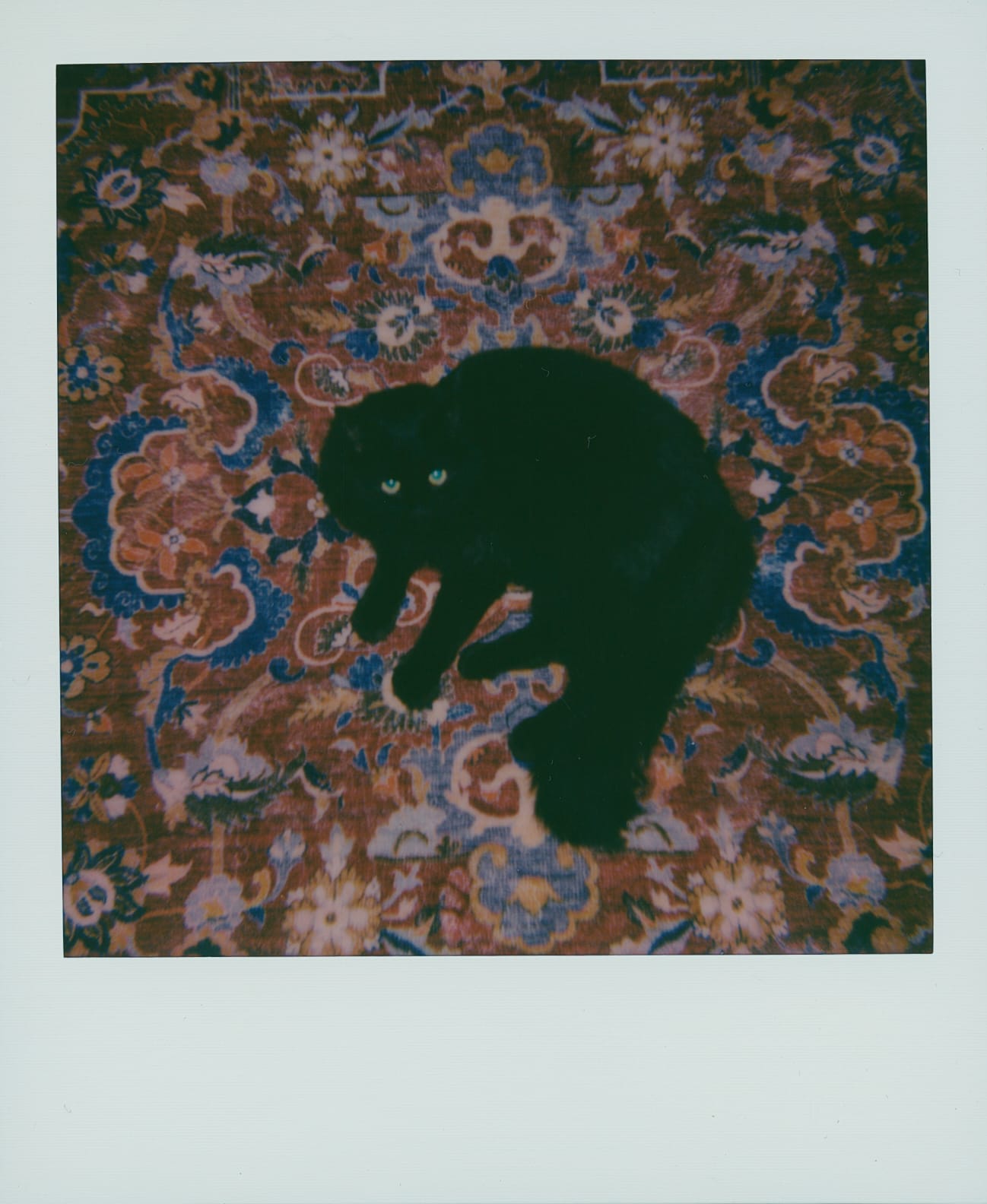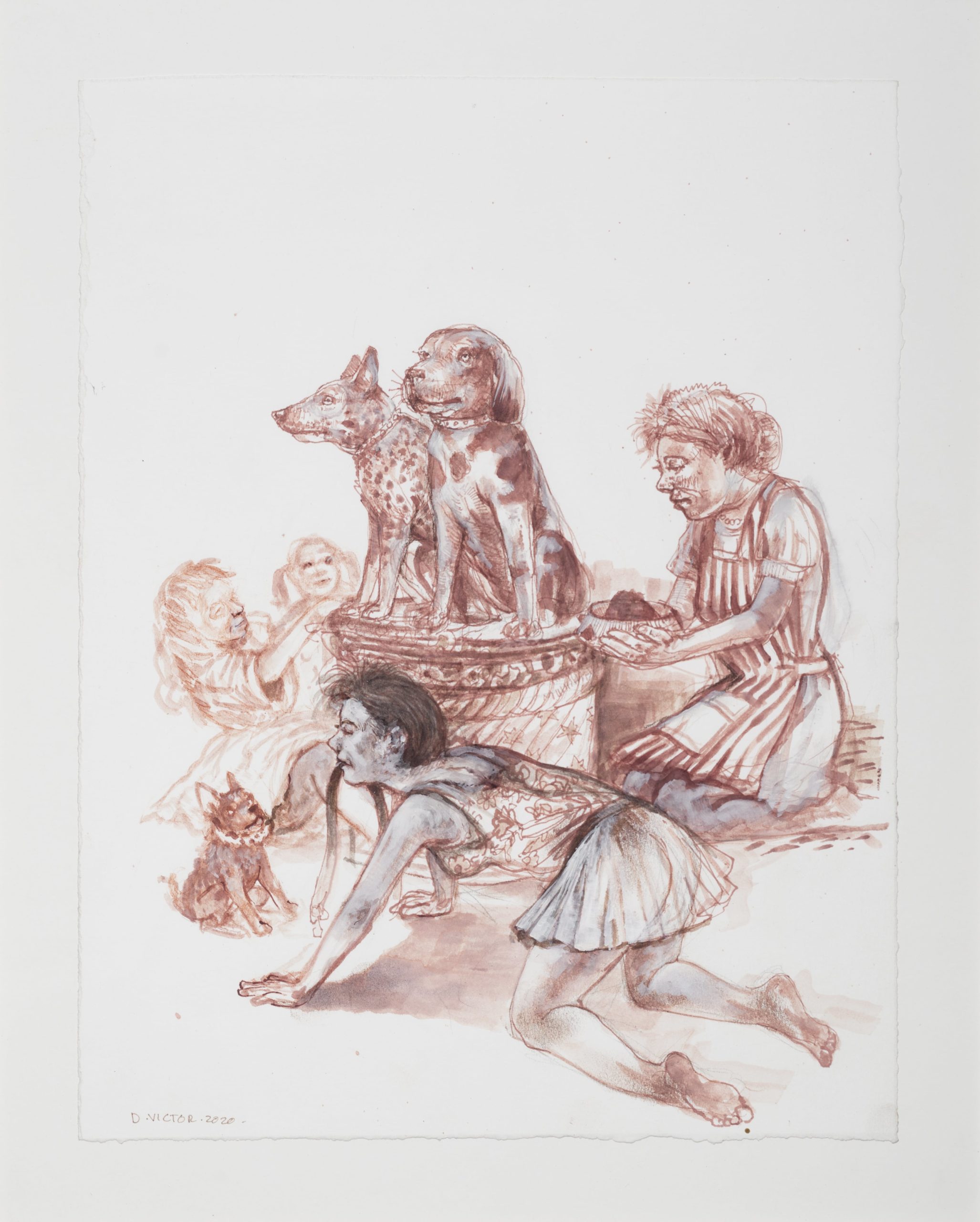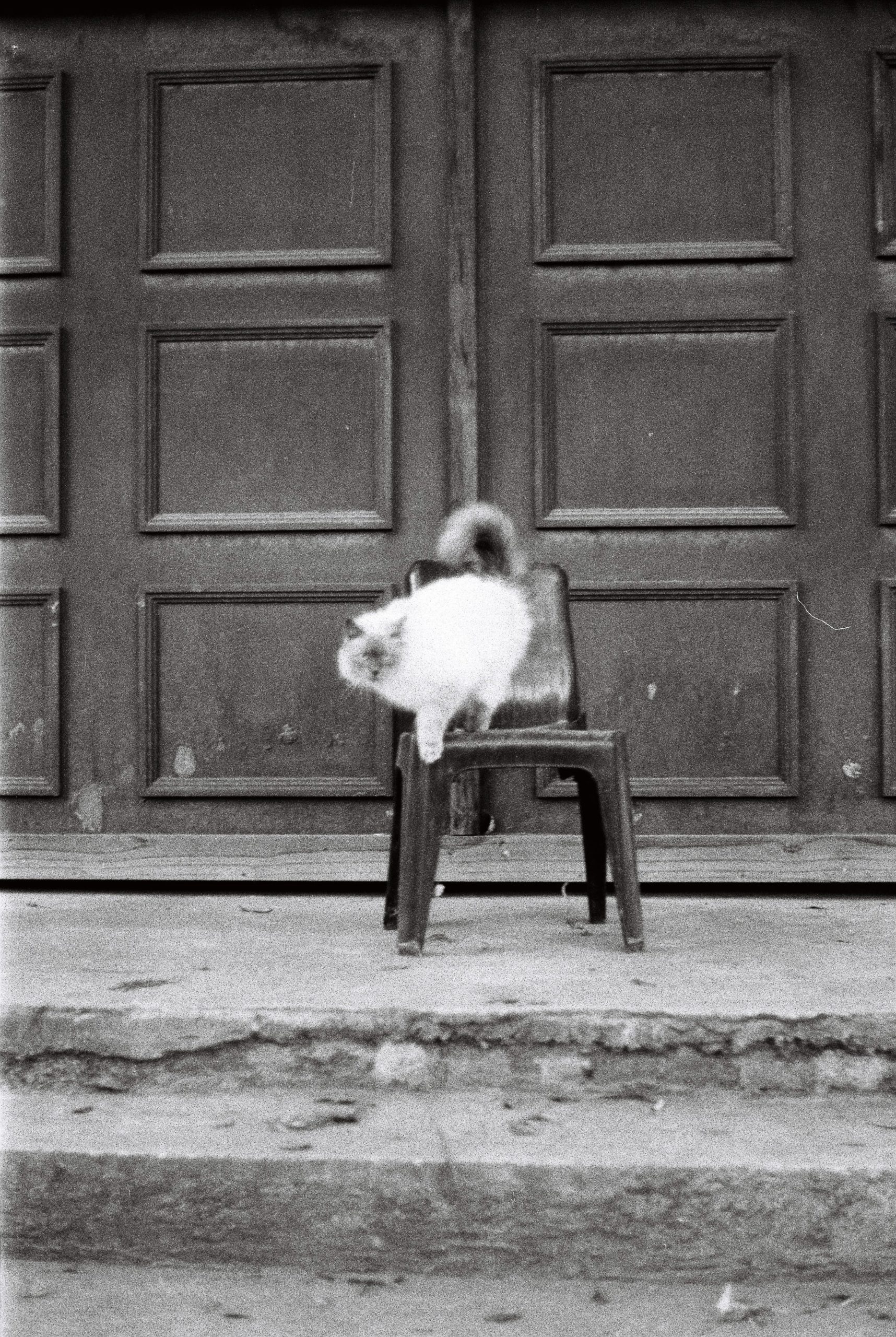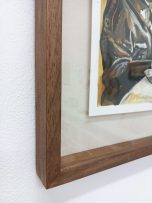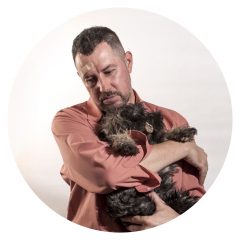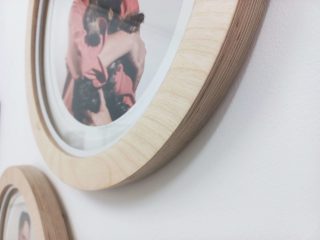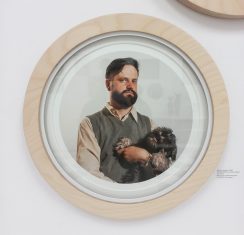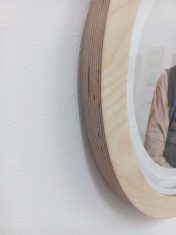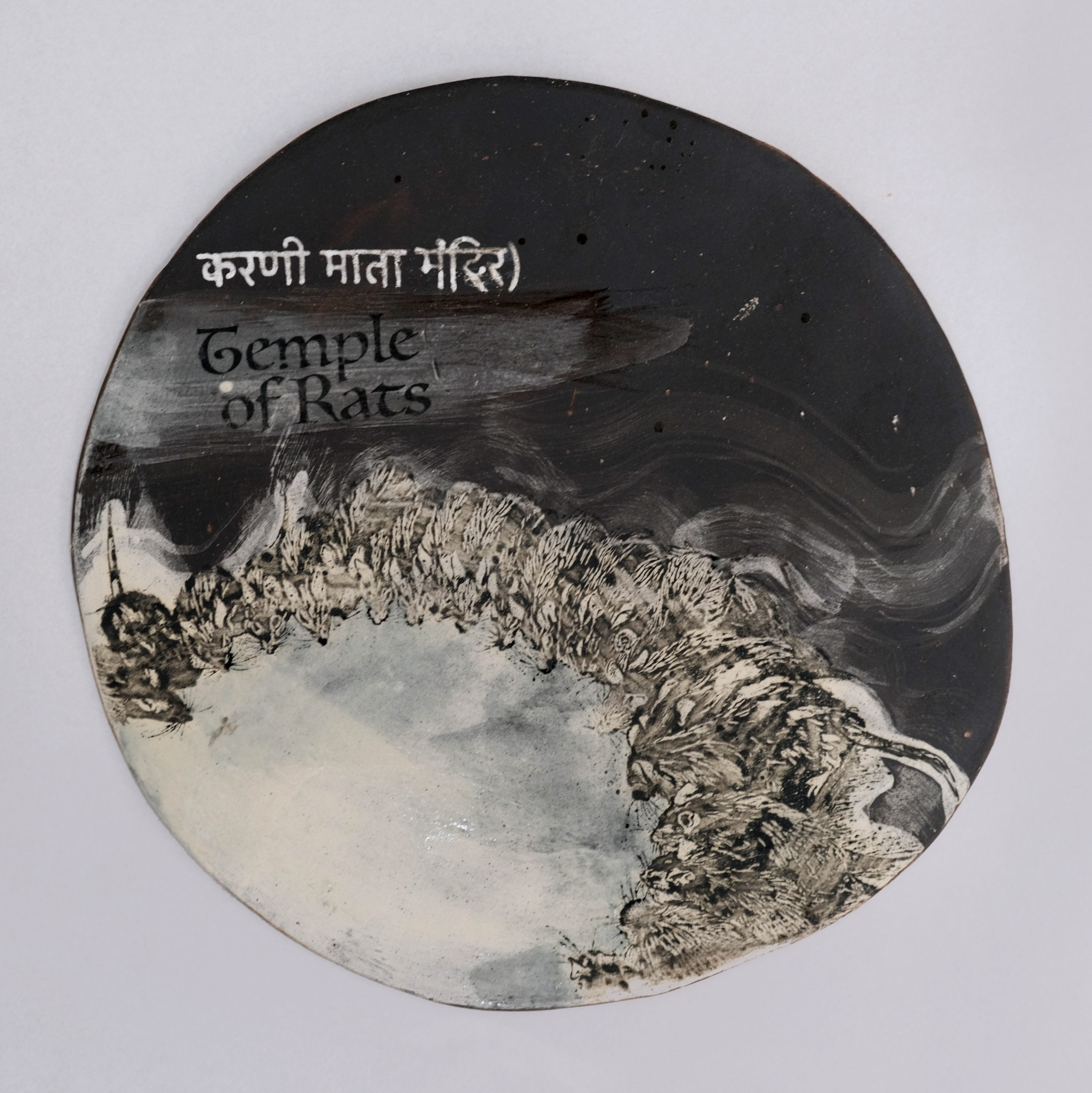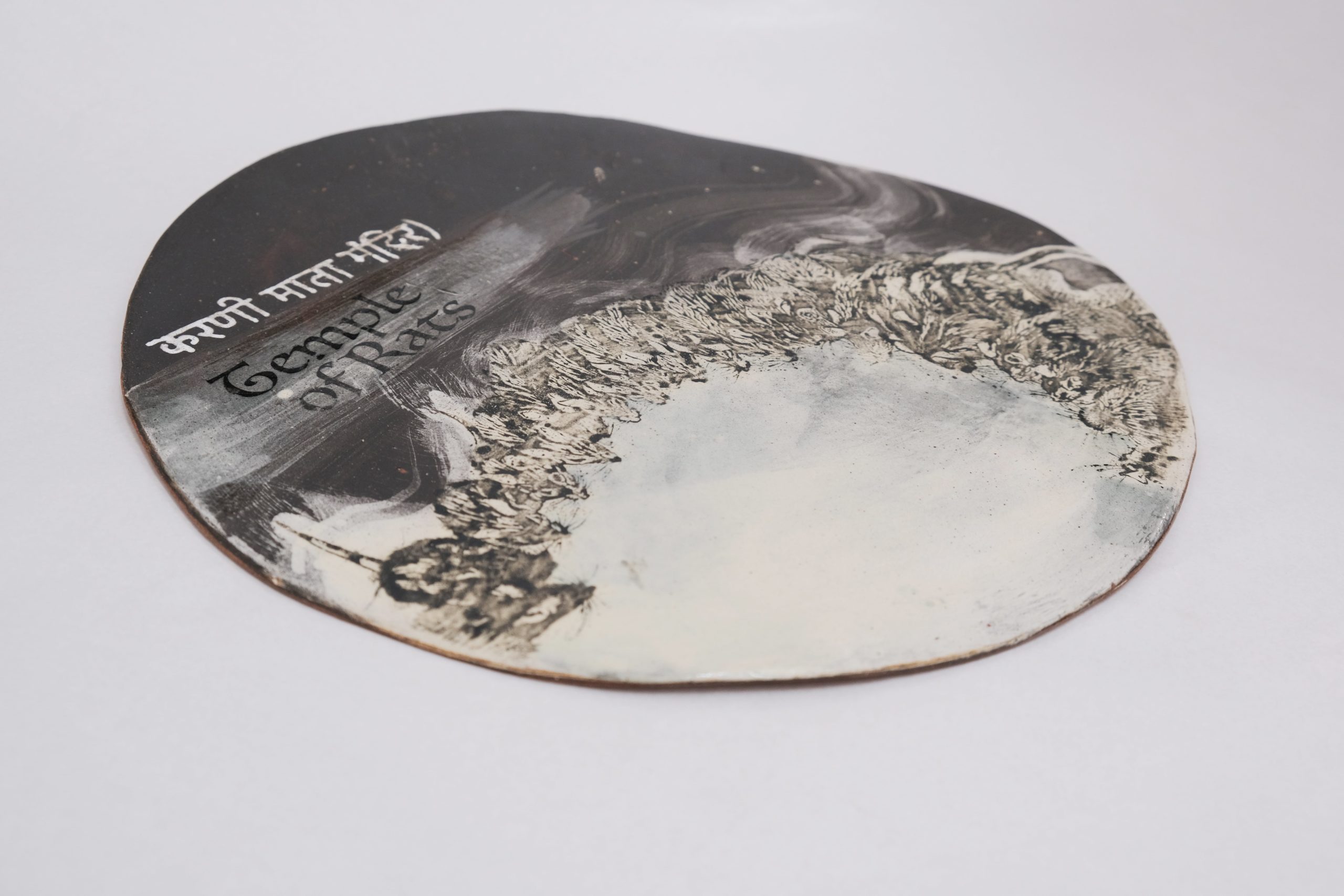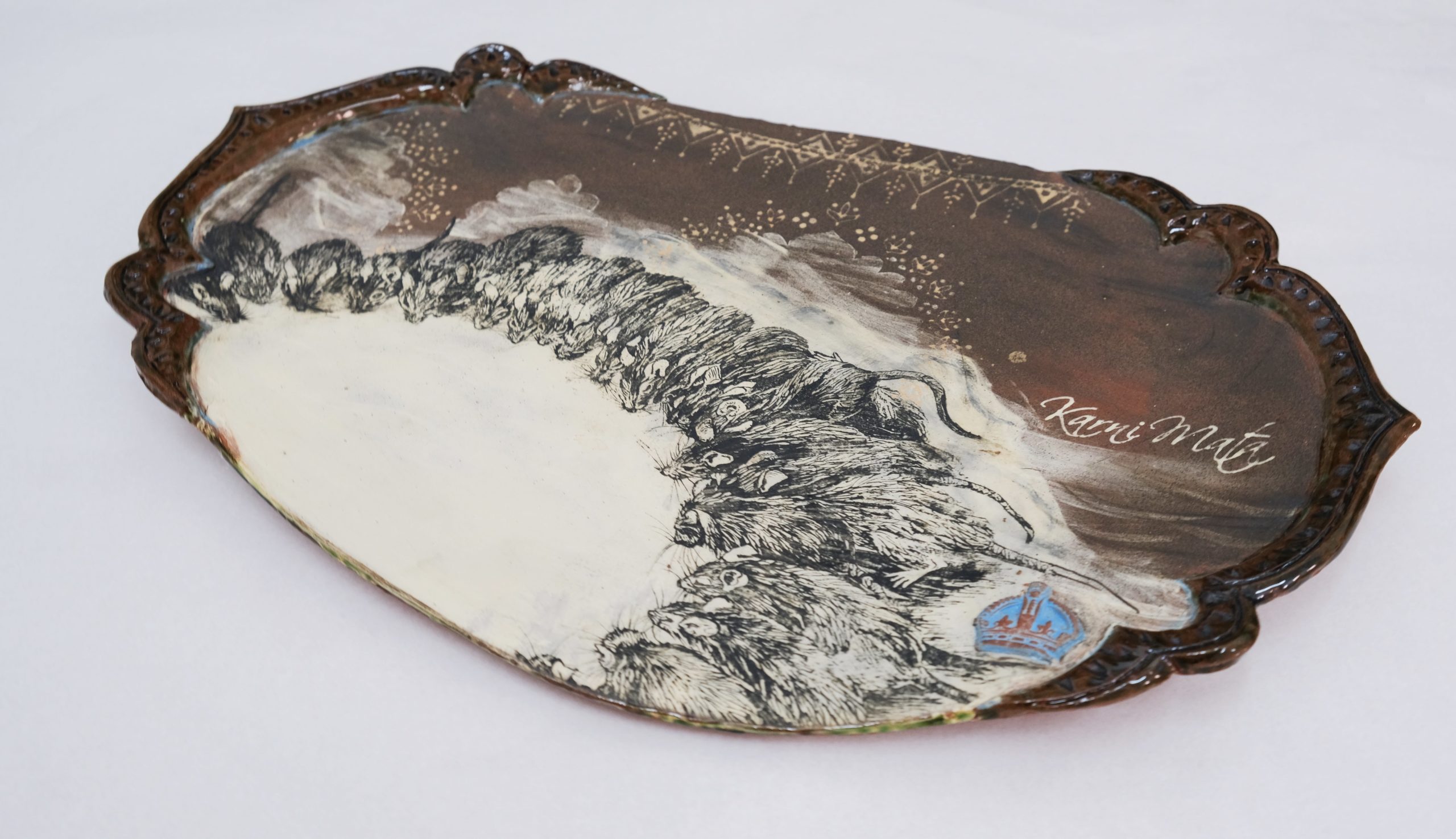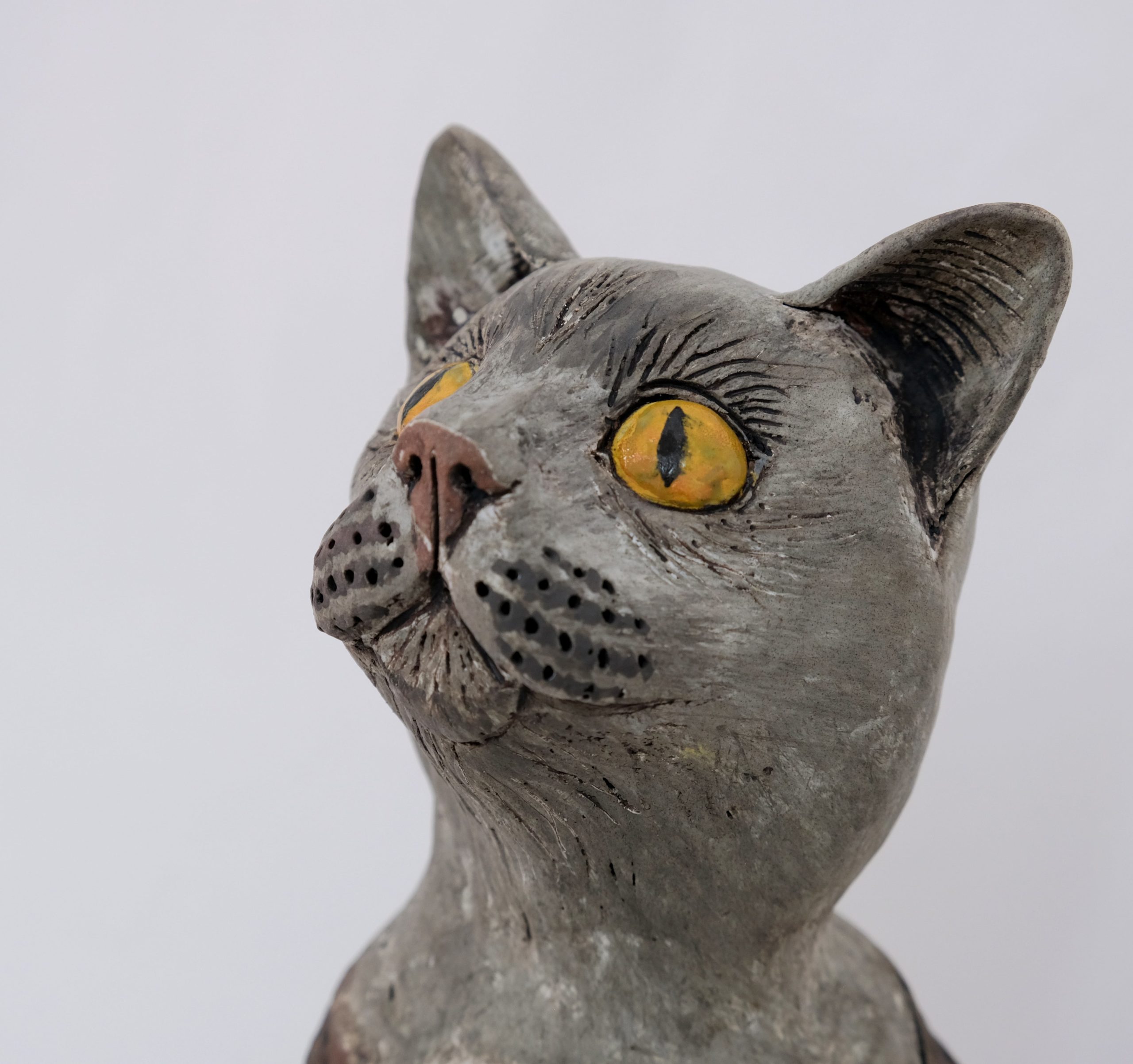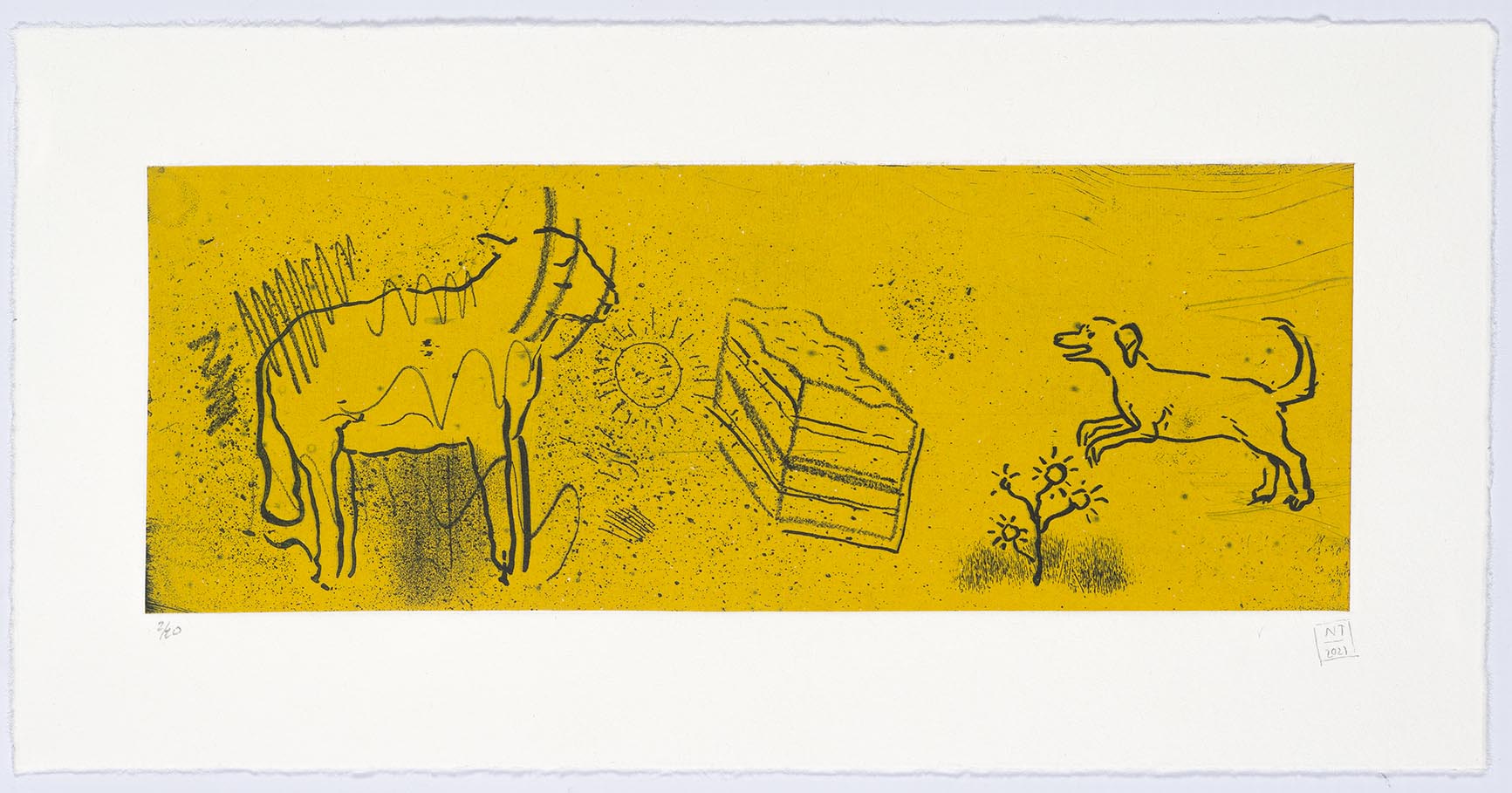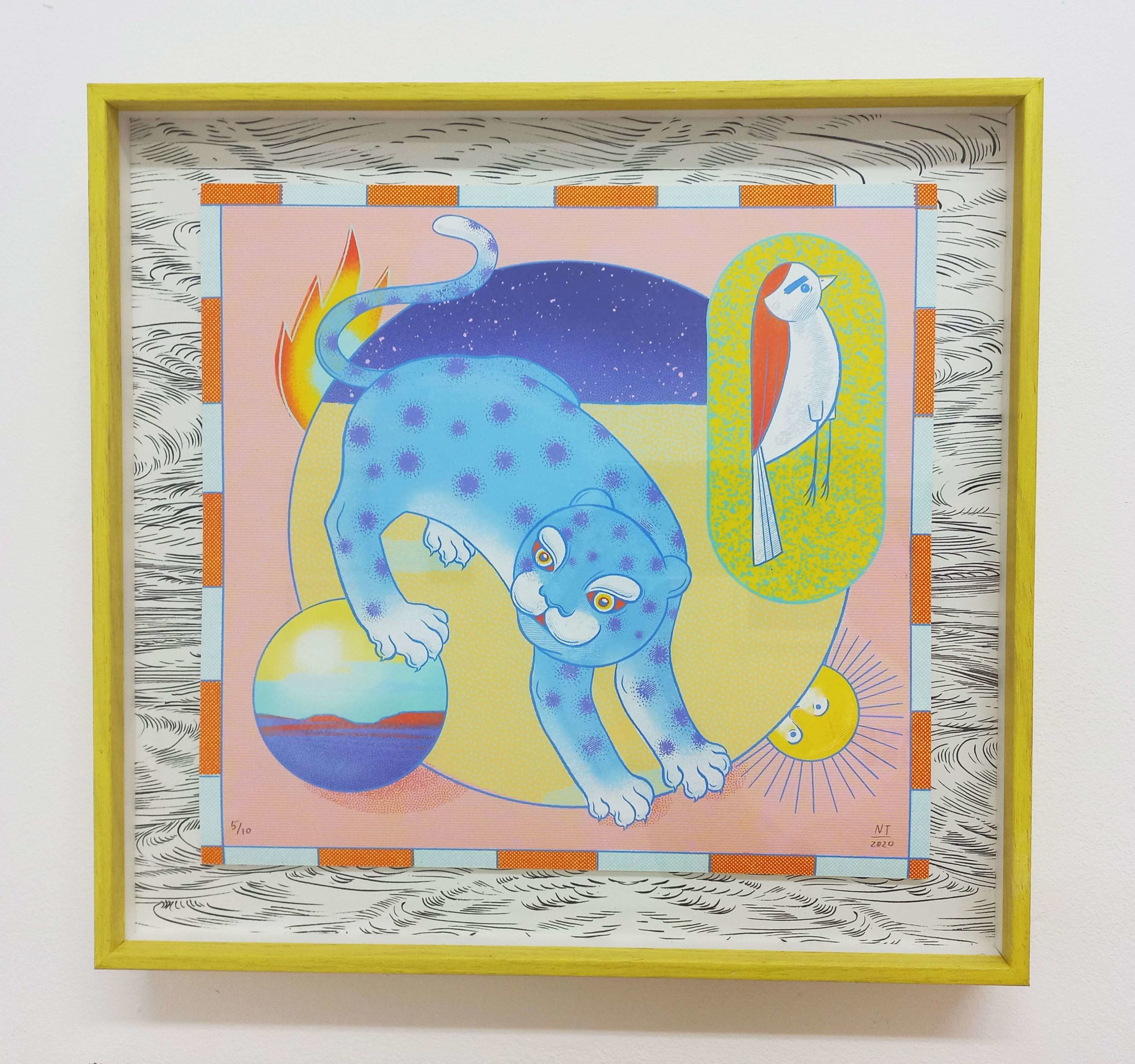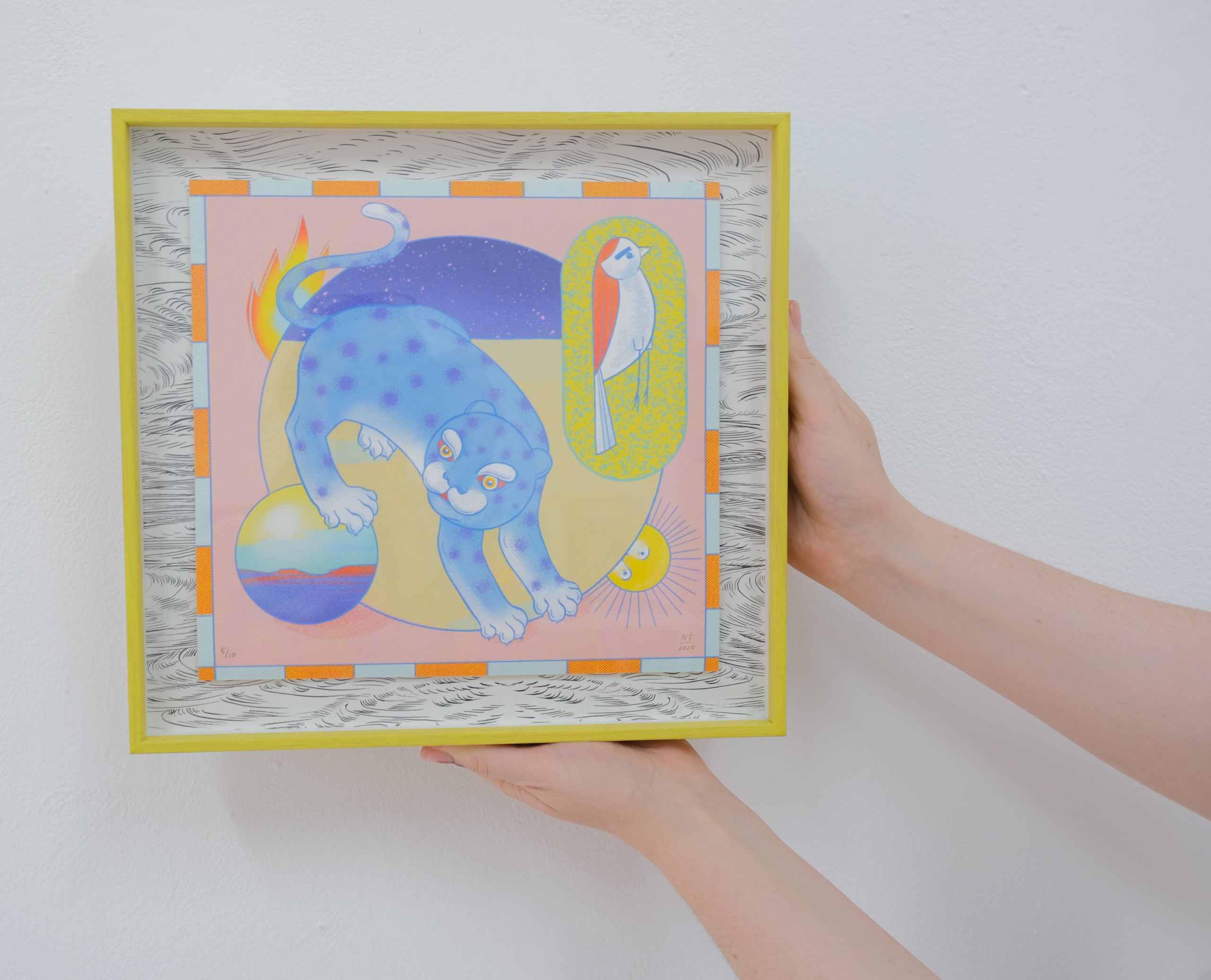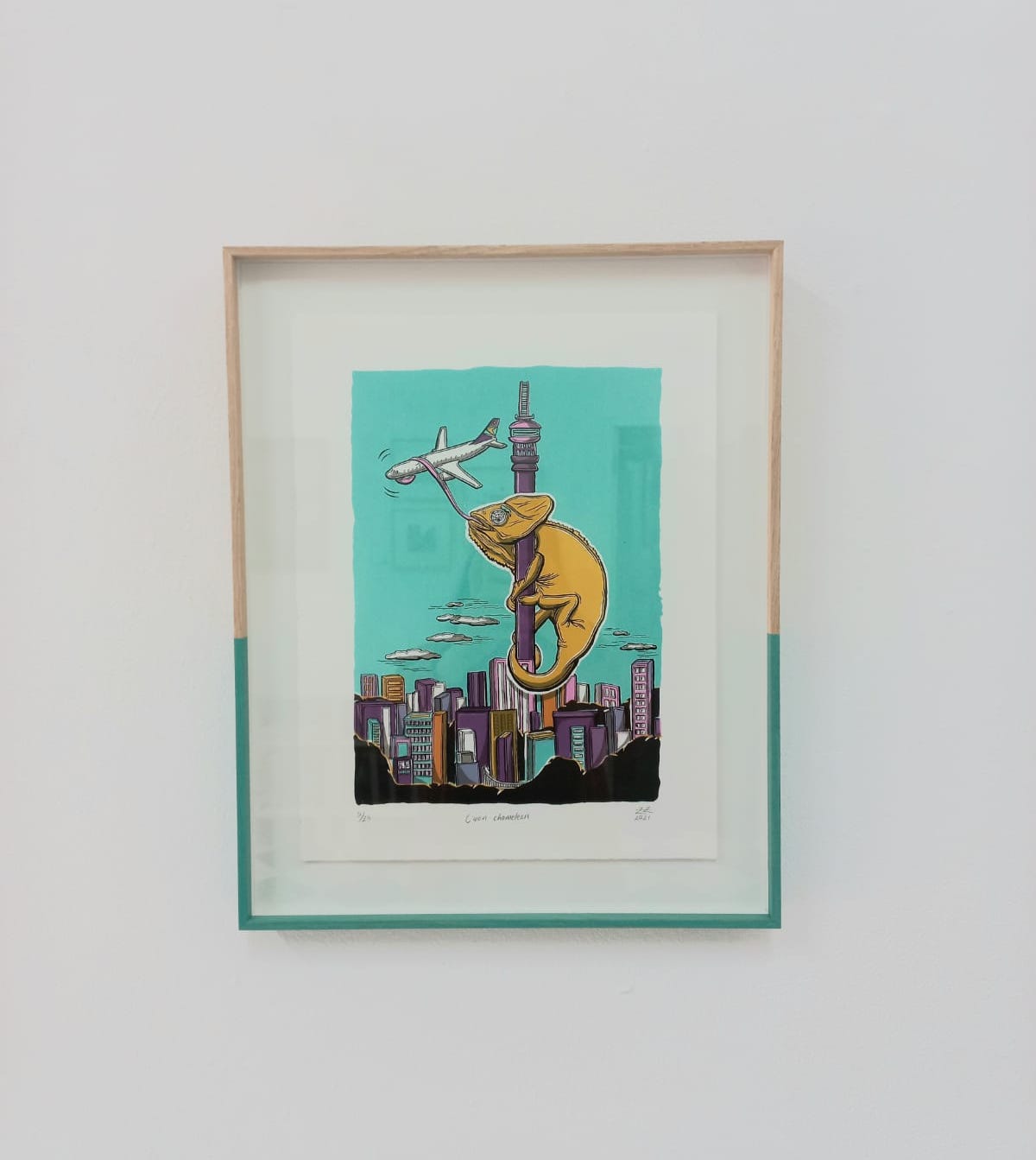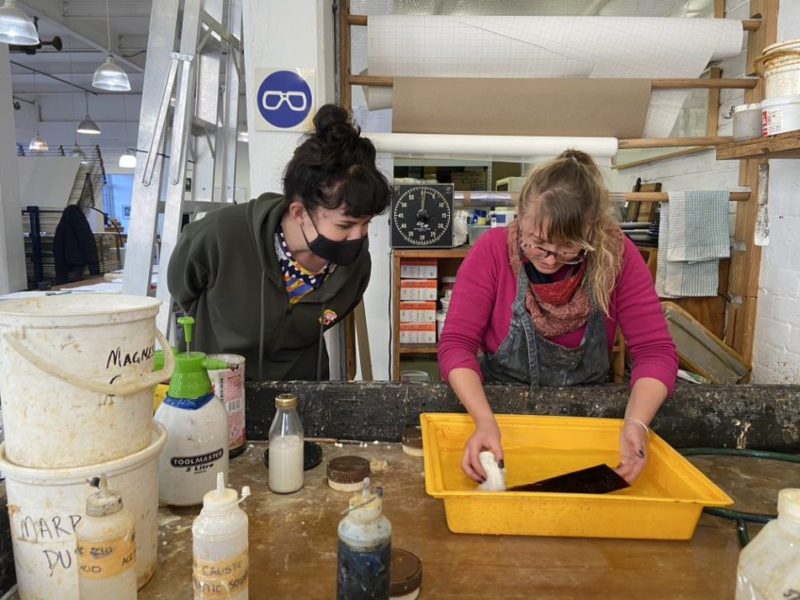CREATURE
FEATURE
Creature Feature is a group exhibition exploring the human-animal bond, the relationship between humans and other animals throughout history, and celebrating the significance that our beloved pets bring to our lives. The works on show include prints, paintings, drawings, photographs and ceramic works.
From ancient times animals have played an important role alongside humans, ranging from dedicated workers to hallowed creatures. They were considered gifts from the gods to be cared for until their death, when they were expected to be returned to the divine realm from which they had come. The ancient Egyptians kept many animals as pets, ranging from domesticated dogs and cats to baboons, monkeys, fish, gazelle, birds, lions, mongoose and hippos. Domesticated animals were just as popular and deeply loved as they are today.
Creature Feature explores the significant connection that humans share with other animals; visually portraying interactions, perceptions of behaviour, and observations of animals by humans, or vice versa.
At our premises on Jan Smuts Avenue we have four resident cats, each with their own personality and lovability. They are very much a part of our workplace lives – attending meetings, greeting our guests, wrecking havoc on our desks and providing stress relief and comfort as we go about our days. Significant too is “the Robin” who frequented the garden for a number of weeks, “We had a Robin living here” “Yes I saw him just this week” “Oh really!”. The animals that impact our lives, whether they live with us in our houses, or with which we share a fleeting experience wherein they reveal to us some kind of domesticity (imagined or otherwise), are those depicted in this exhibition.
6 November – 10 December 2021
Possible extension into January 2022, please contact the gallery
CONTACT THE GALLERY FOR AVAILABILITY
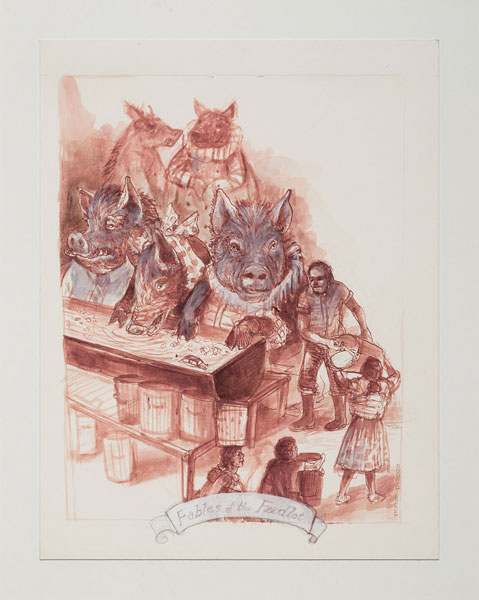
Mundo Inverso: Fables on the feedlot, 2020
Diane Victor
27 x 35 cm
Ink and gouache on paper
Revered Rats I, II, III & IV, 2021
Claire Waters
From 27 – 40 cm
Basalt clay plate with white clay slip and black ink prints
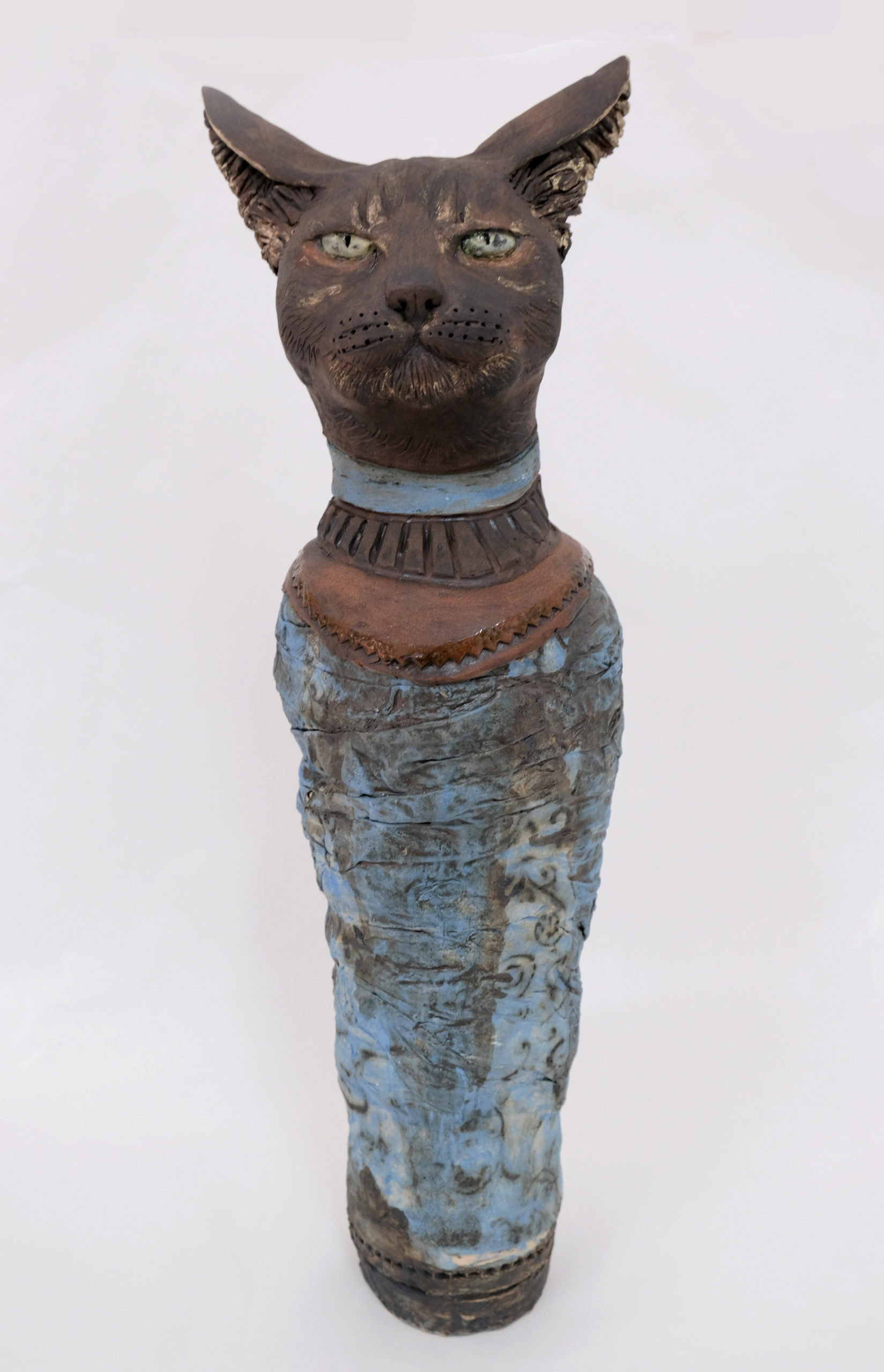
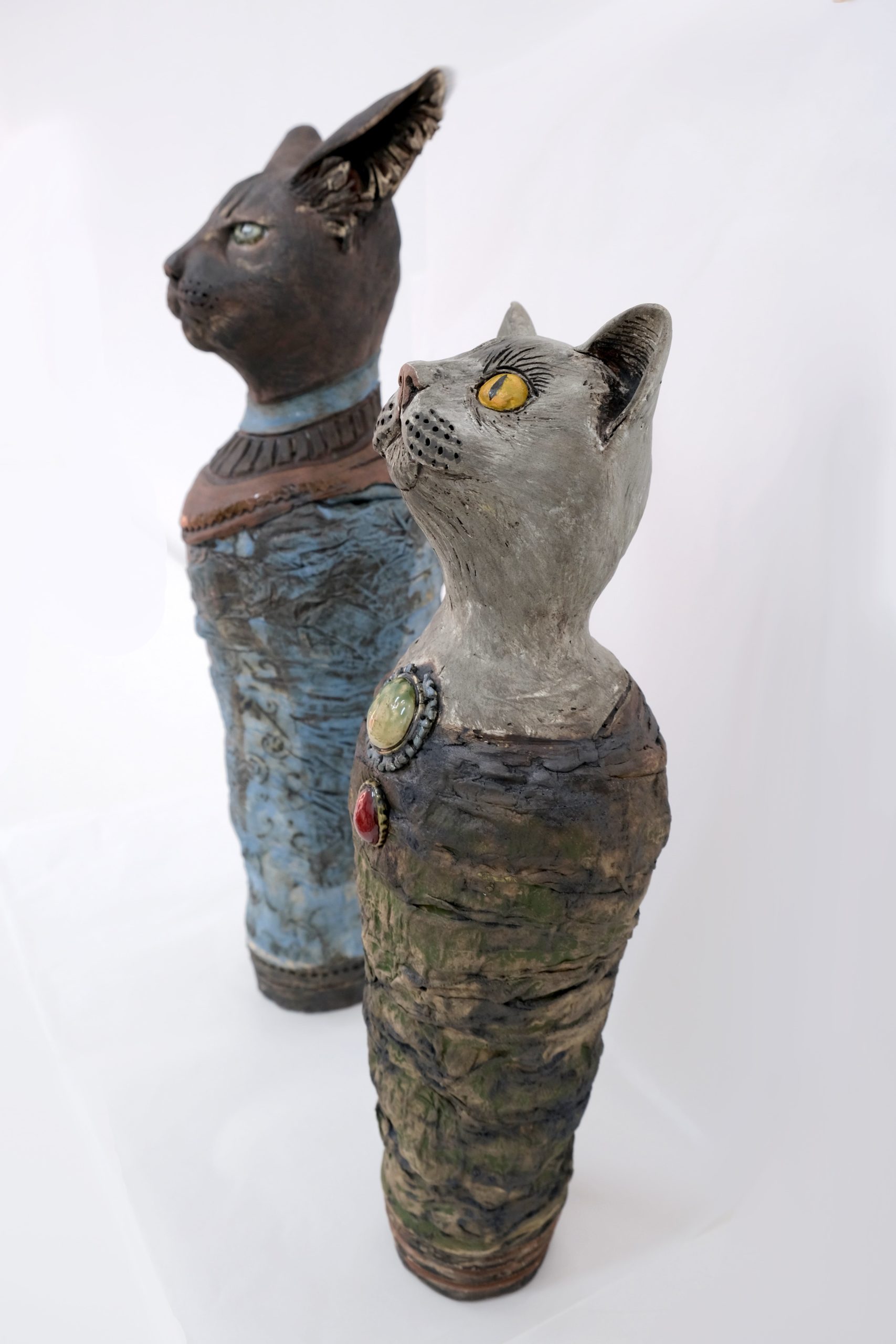
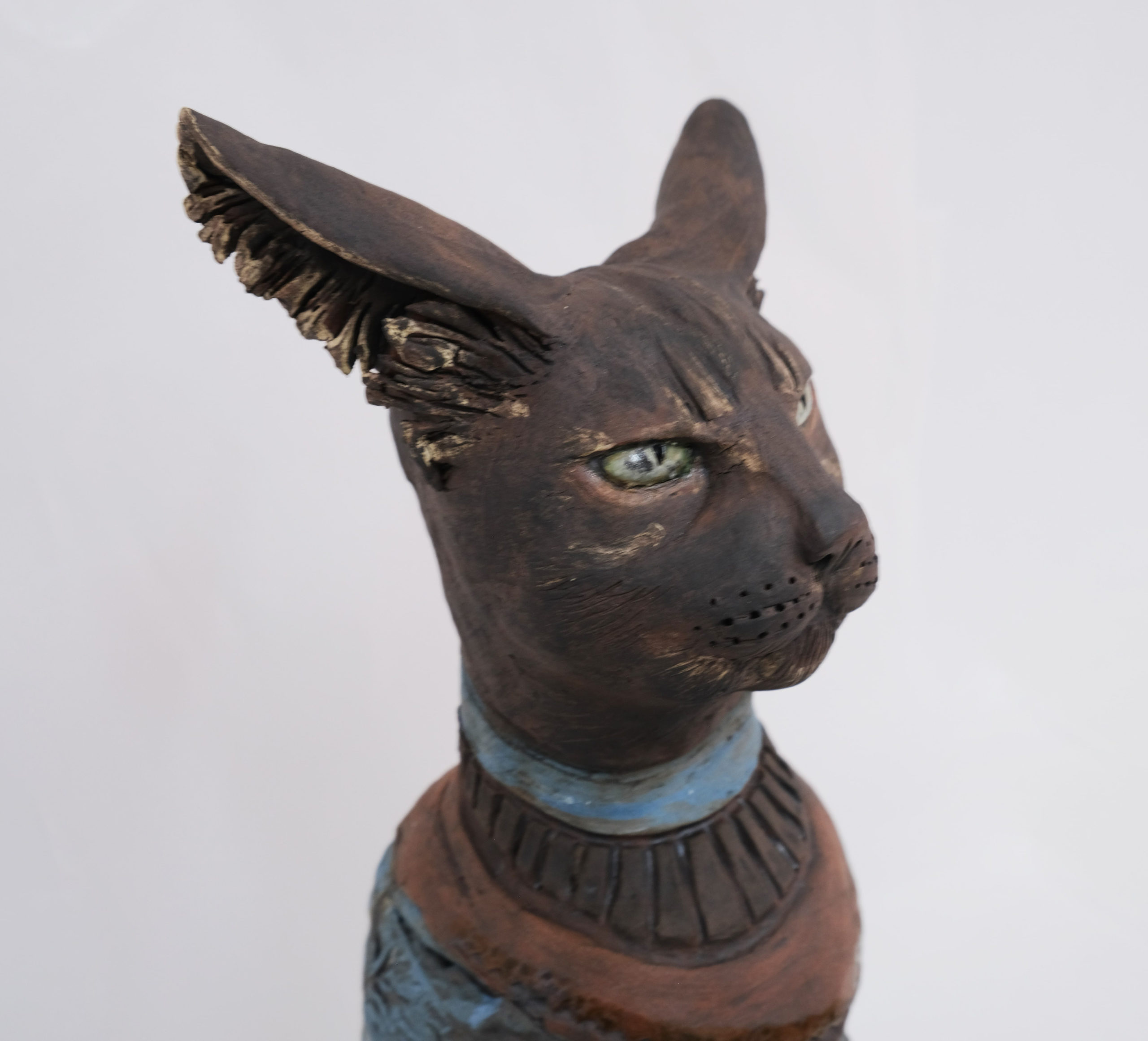
Scowling Spectre, 2021
Claire Waters
48 x 15 x 15 cm
Terracotta, white and black clay, fabric and paper inclusions, various oxides and glazes
The little dog laughed, 2021
Nina Torr
14 x 28.3 cm
Softground etching on silkscreened monotype
Edition of 20

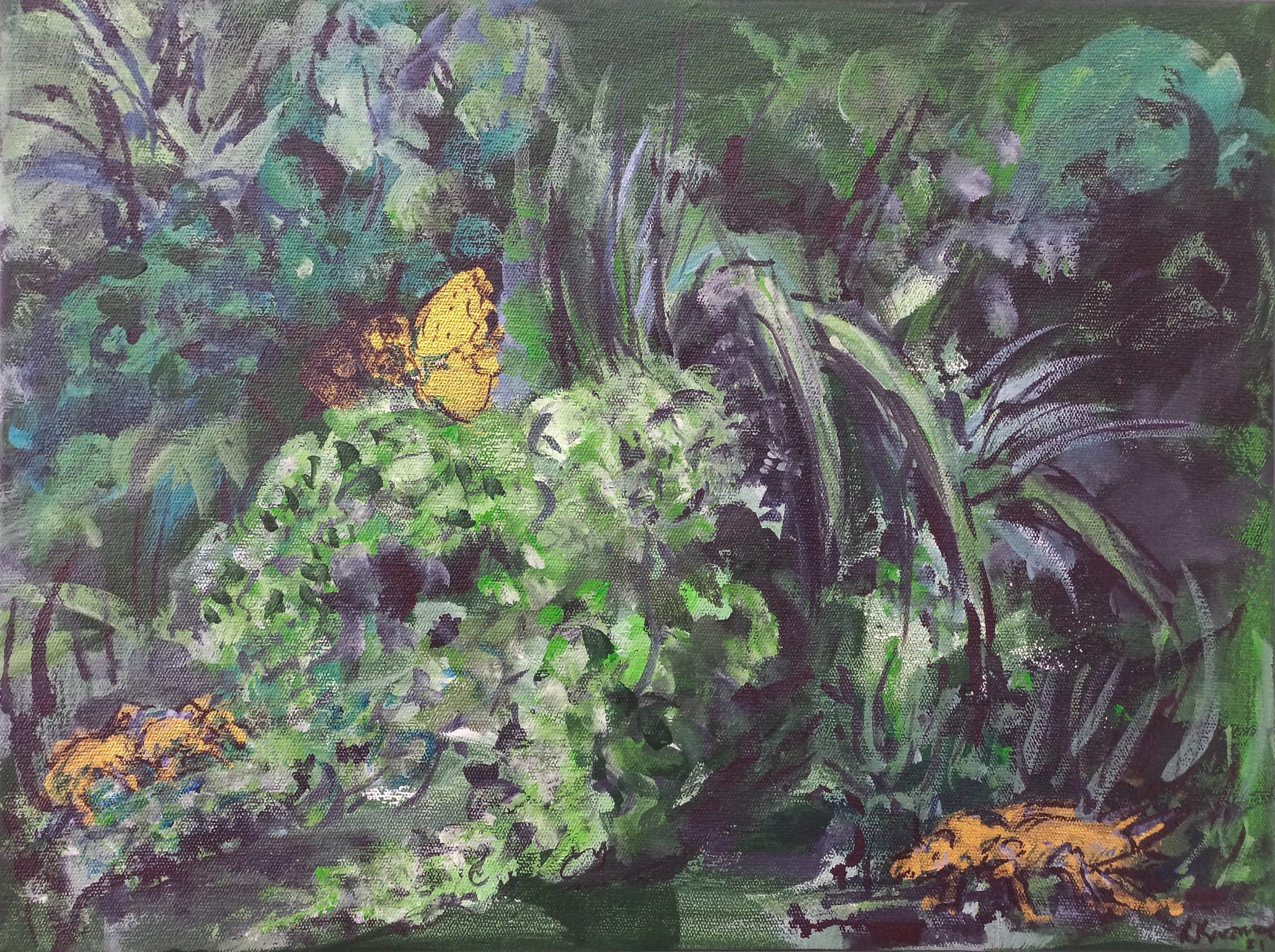
Garden Treasures II & III, 2021
Roxy Kaczmarek
30.5 x 40.5 cm
Acrylic on canvas with goldleaf
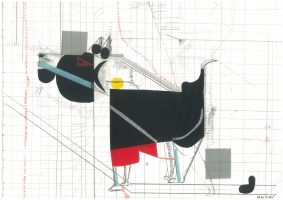

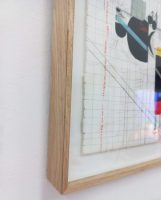
Dog idea 1, 2021
Maja Maljević
22.5 x 31.3 cm
Mixed media
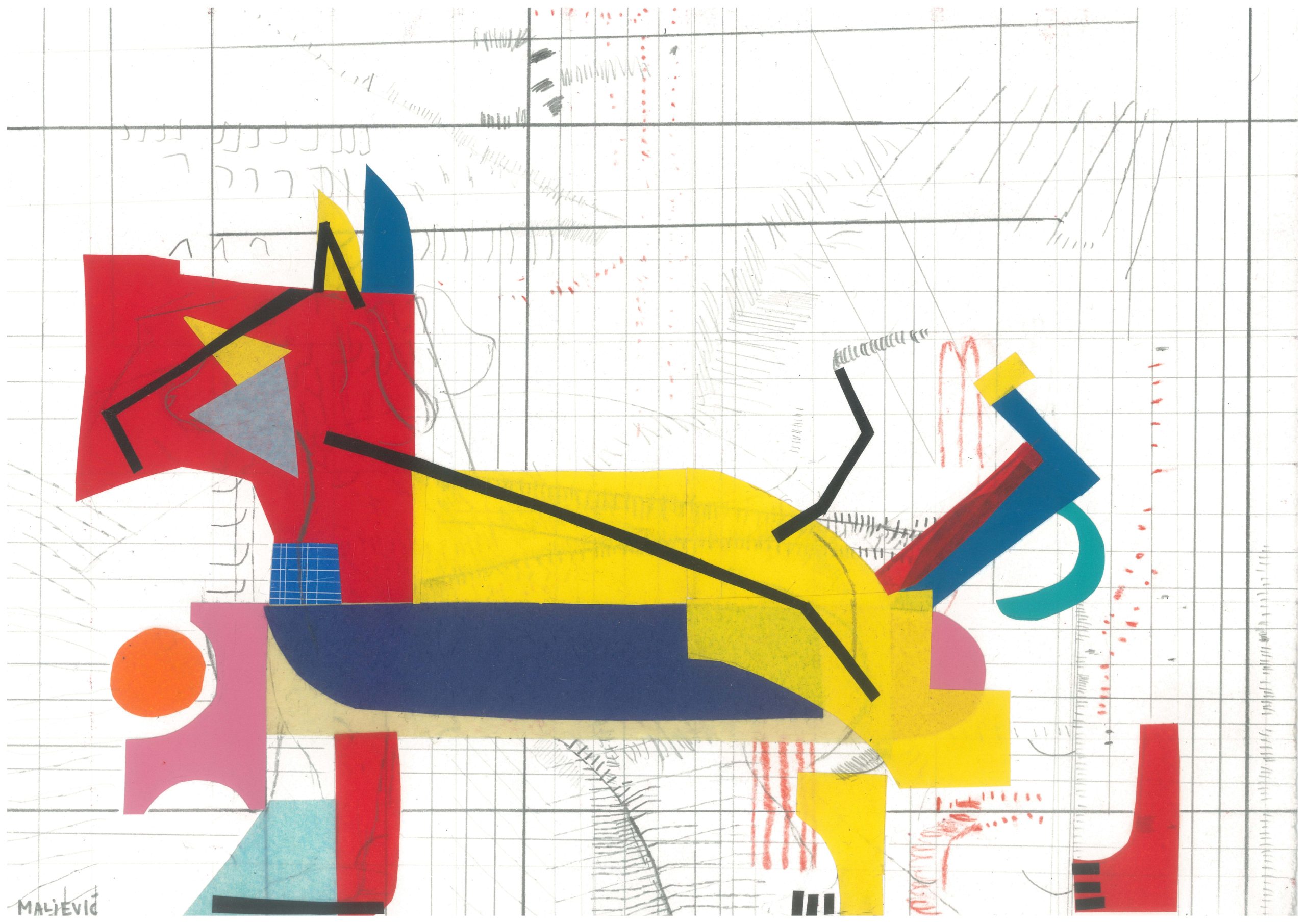
Dog idea 2, 2021
Maja Maljević
22.5 x 31.3 cm
Mixed media
For more information, please contact


